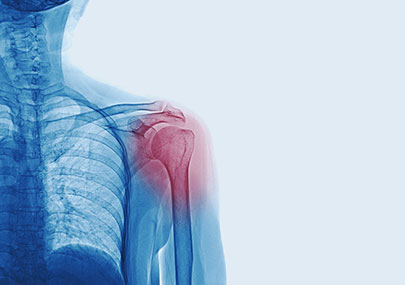Together We Can Address the Opioid Crisis Impacting Our Community
This curriculum empowers students to make a difference in their community by teaching real life tactics for pain management, as well as the responsibilities, and consequences of opioids.
About This Program
This program offers a customizable, interactive learning experience aimed at empowering students
Both Engaging and Informative:
The curriculum includes an interactive web quest that will encourage students to learn truthful information about a real world problem and how they can be part of the solution.
State of Michigan Requirements:
These activities will help teachers engage their students with the Michigan Grades 7-8 Health Education Grade Level Content Expectations, and also align with high school health content expectations related to substance misuse. The focus on opioids aligns with an increased focus on opioids in the Michigan Model for Health.
Facts Over Fear Based Education:
It isn’t helpful to teach “Just Say No,” or use intimidating statistics to scare youth into compliance. Instead, we provide information and real life facts in a way that they can feel empowered to make their own choices.

Fact
60%
Opioid overdoses are responsible for over 60% of the nation’s drug overdose deaths.
Why This Is Important
Beginning in 2017, the United States declared the opioid crisis a national public health emergency
Opioid overdoses are responsible for approximately 130 nationwide deaths daily. This epidemic has had a negative impact on the economy, healthcare, community health, and individual families of all races and socioeconomic groups. Learn more about the opioid epidemic from the Center for Disease Control (CDC) by visiting their website.
Opioids are already in our communities
Opioids are prevalent in our communities in many forms and can be dangerous. There are steps each one of us can take to avoid the dangers that opioids can bring.
Together we can make a difference
Everyone has a role to play in combating the opioid epidemic. Some steps may seem small or insignificant, but each one has a positive impact on families, social circles, and communities.
Education is how we get through
Pretending a problem does not exist does not make it go away. Opioid safety can be taught across the lifespan. Start young by teaching children how to be safe around medication. Teach youth in a way that they can understand the dangers of opioids. Teens and adults can spread awareness about opioid use, misuse, and disposal to members of the community to promote safe practices.
What the Curriculum Covers
A variety of mixed media that promotes an understanding of opioids and their use
The curriculum utilizes a multifaceted approach to teaching students facts about pain, pain management, opioids and the impact they can have in their communities. The activities in the interactive notebook seek to educate youth about opioids as a tool for pain management when used under the direction of a physician, to raise awareness about the risks of opioid misuse and addiction, and to provide youth with the opportunity to use their voices to take action and educate others about the Opioid Crisis.
-
1. The Brain and Nervous System
About this moduleStudents will identify how the nervous system works and its core components.
-
3. Opioids
About this moduleStudents will learn what opioids are, their purpose, use, and potential risks.
-
4. The Opioid Crisis
About this moduleStudents will learn about the opioid crisis and how misuse can lead to problems like addiction.
-
5. Being a Part of the Solution and Taking Action
About this moduleStudents will learn how to understand safe opioid use and be empowered to make informed decisions.




Online Curriculum
Utilize the interactive workbook which contains links to researched, outside content that will guide your students through a web quest.

Offline Curriculum
Utilize a downloadable and printable PDF version of the curriculum with shortened URL’s to facilitate your students’ web quests.
How You Can Use the Curriculum
The curriculum is designed to be tailored to meet your classroom’s individual needs
You can use the workbook in its entirety or select individual modules or activities that are applicable to your lesson plans.
The Team Behind the Program
A Collaborative Effort Between:

This project was a collaborative effort between the C.S. Mott Children’s Hospital Pediatric Trauma Injury Prevention Program and the University of Michigan School of Education Center for Education Design, Evaluation, and Research (CEDER), with generous support from Kohl’s Cares. The Pediatric Trauma Injury Prevention Program at C. S. Mott Children’s Hospital consists of trauma and injury prevention professionals with backgrounds in nursing, social work, counseling, and child life. The team garnered information from industry and medical experts, developed primary talking points, and created supplementary, peer reviewed materials that are imbedded throughout the curriculum. The Center for Education Design, Evaluation, and Research is comprised of educators and industry leaders who create programs of excellence in education by providing access to high-quality design, evaluation, and research services through creative partnerships.


